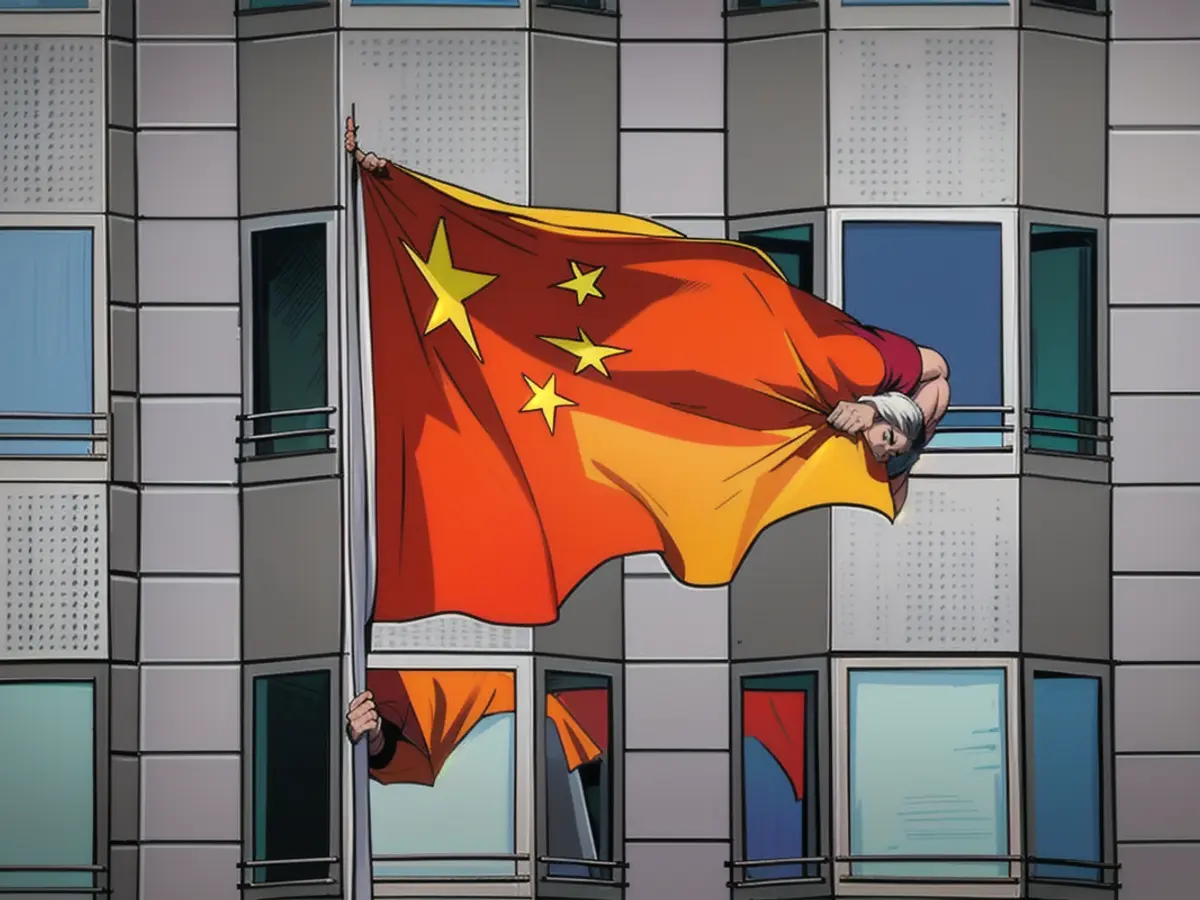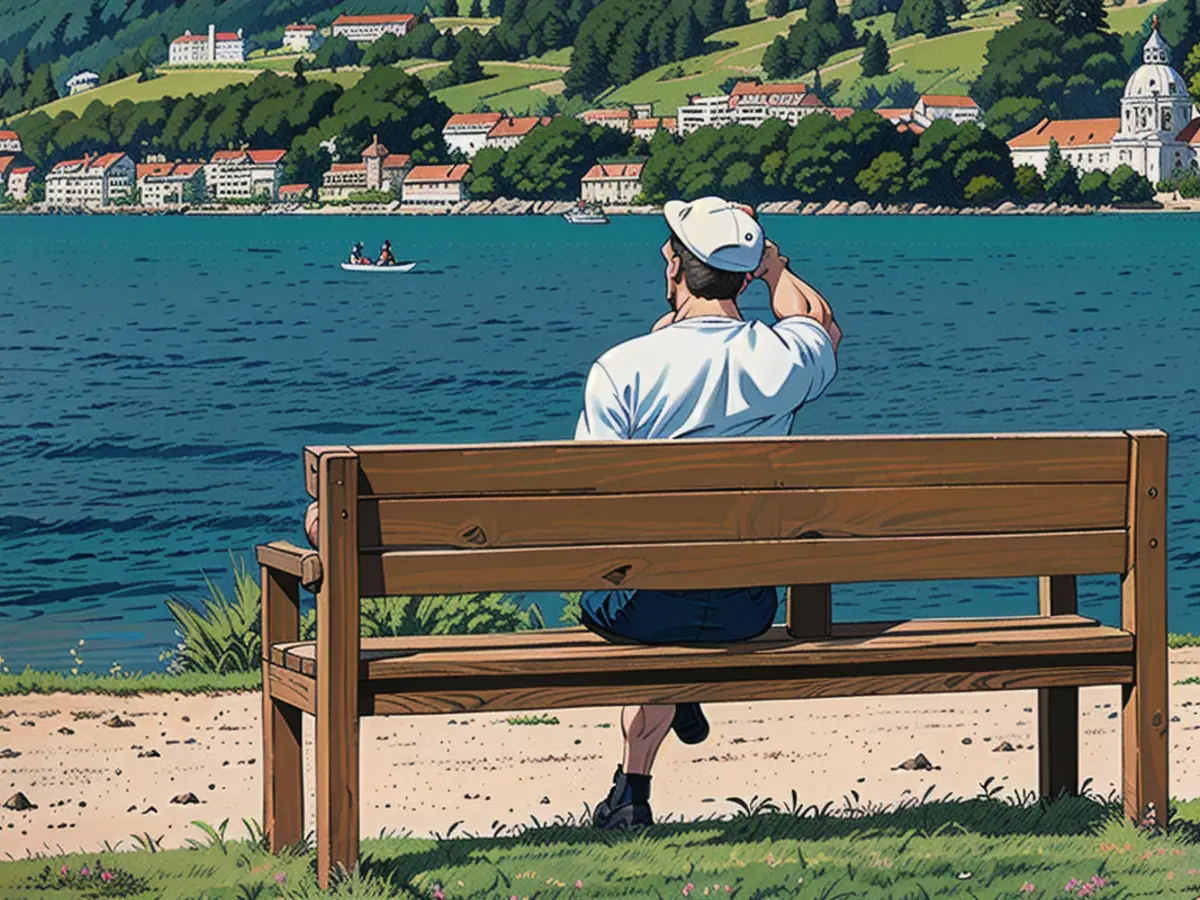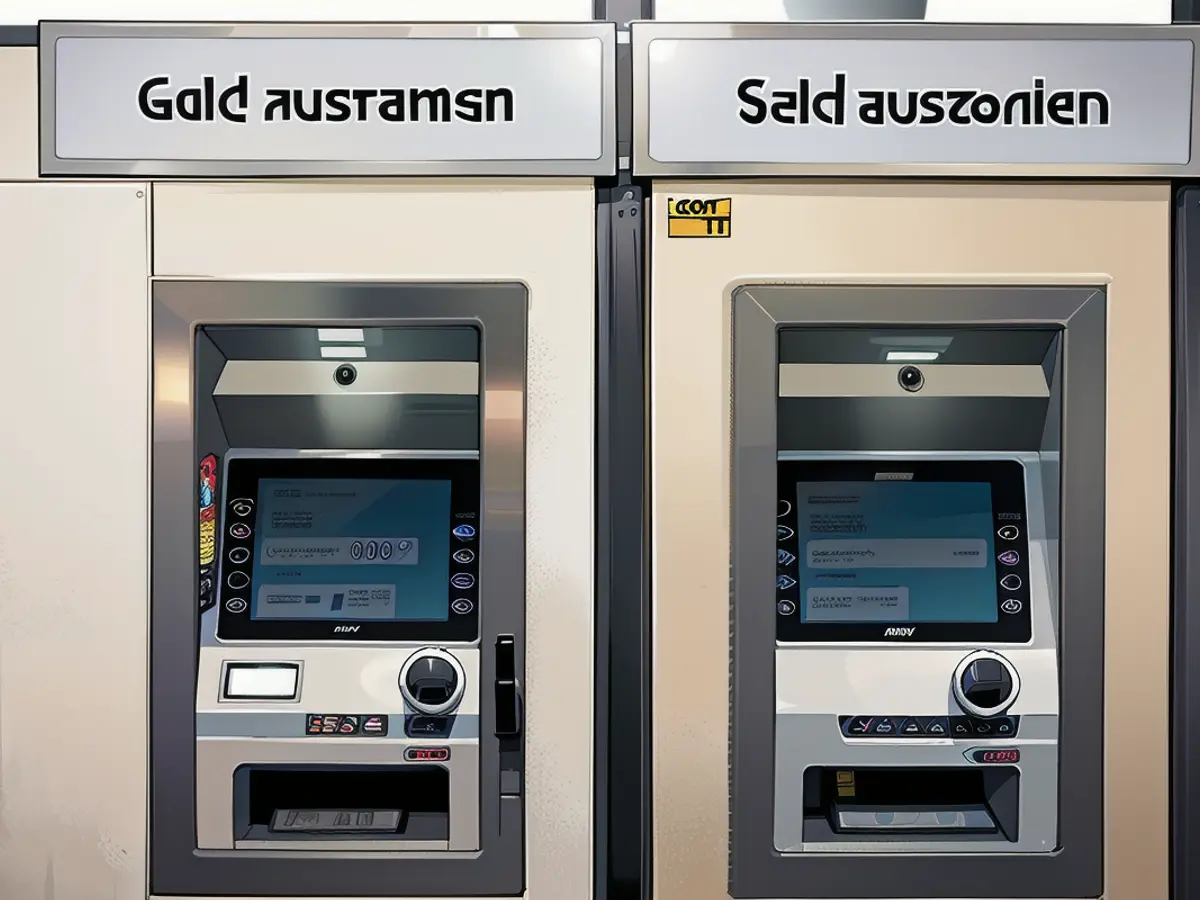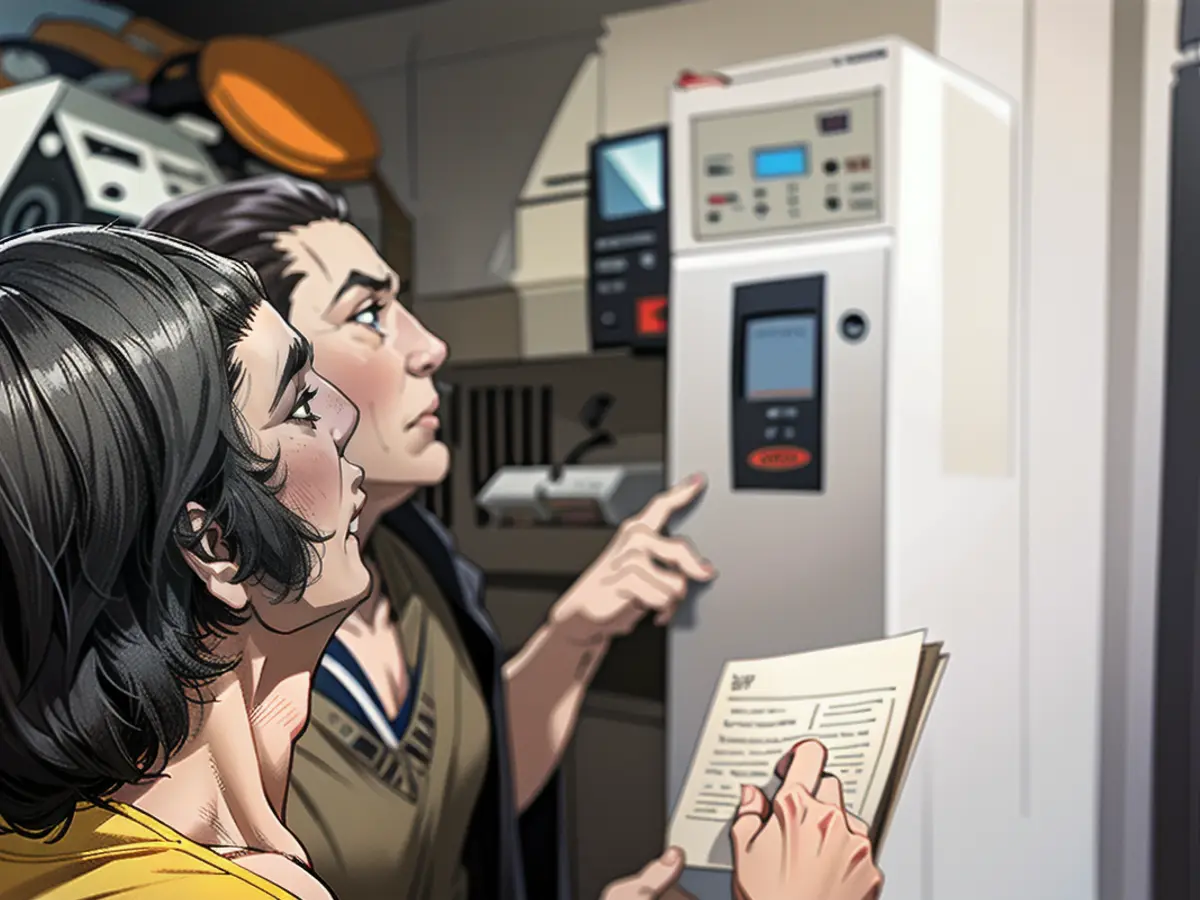During the May Day holiday, tourism in China saw a surge, yet travelers became more frugal in their spending.
During the five-day-long holiday that ended on Sunday, tourists made 295 million trips within mainland China, according to the Ministry of Culture and Tourism. This is a 28% increase from the number of trips taken during the similar holiday in 2019, which lasted for four days. However, the revenue generated from these trips stood at 166.89 billion yuan ($23.6 billion) - a 13.5% increase from 2019. This suggests that people are spending less per trip this year as their average spending reduced by 6% to 565.73 yuan ($80).
A similar trend was observed at the Chinese box office. Approximately 37.77 million people visited the cinema during the holiday period, surpassing the 2019 figure of 35.09 million. However, ticket sales remained unchanged at 1.527 billion yuan ($215.7 million). The dropping spending power of Chinese consumers might be a reason. With the economy declining and job prospects looking dimmer, spending has diminished. The real estate sector, which accounts for 70% of household wealth, has also experienced a record downturn, impacting consumer sentiment.
As per a recent report by analysts from TD Securities, Chinese consumer sentiment is struggling, as suggested by the slow growth in retail sales spending and the sharp decline in the April services PMI. Earlier this week, a private sector survey showed that the Caixin/S&P Global services PMI reduced to 52.5 in April from 52.7 the previous month. The services sub-index under the government's official non-manufacturing PMI also dropped significantly to 50.3 in April from 52.4 in March. This was the weakest reading since January. In March, retail sales growth dipped to 3.1% from 5.5% in February. Consumer prices also increased by a modest 0.1% in March compared to a year earlier, down from 0.7% in February, which marked the first increase in six months.
Read also:
- Lack of snow also opens up new opportunities for winter tourism
- Abrupt end to e-car subsidies
- The chemical industry has little confidence
- Intersport boss hopes for sales boom through sporting events
Source: edition.cnn.com








